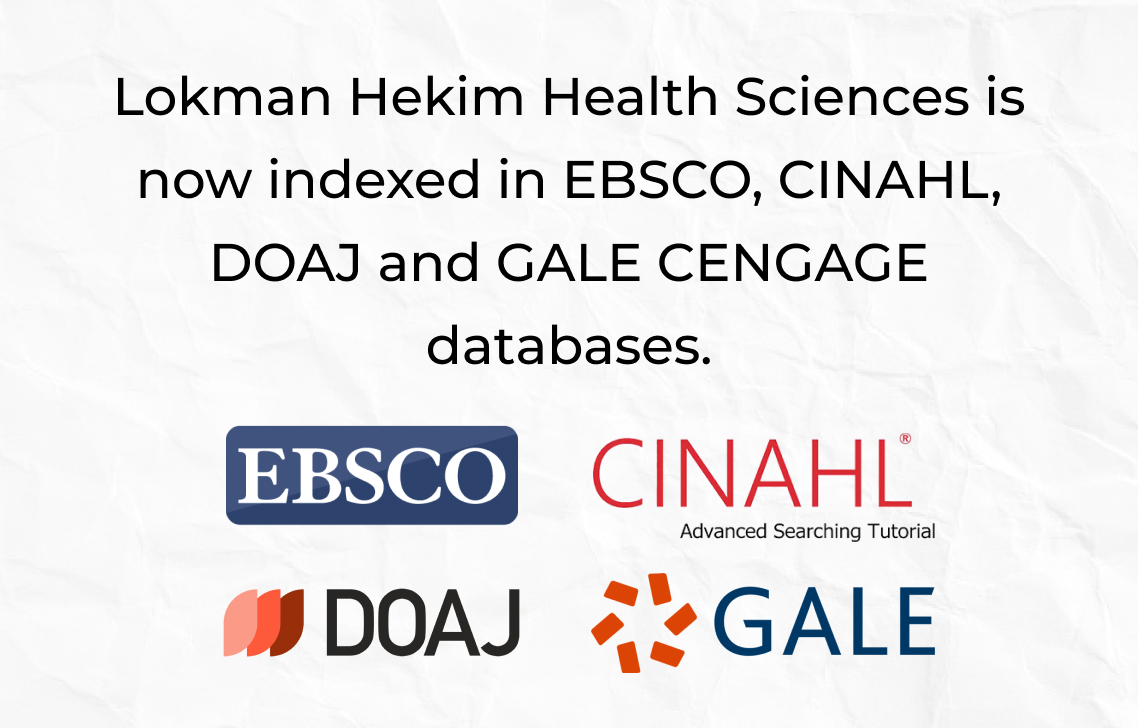2Department of Emergency, Selcuk University Medical Faculty Hospital, Konya, Türkiye
3Department of Biochemistry, Selcuk University Medical Faculty Hospital, Konya, Türkiye
4Department of Histology and Embryology, Selcuk University Medical Faculty Hospital, Konya, Türkiye
Abstract
Introduction: Traumatic spinal cord injury (tSCI) is a highly devastating disease. In this study, we aimed to determine the neuroprotective effects of gelsolin (GSN) as an alternative treatment to methylprednisolone in an animal model of tSCI.
Materials and Methods: In this study, adult healthy New Zealand rabbits (n = 32) with an average body weight of 2–2.5 kg were utilized. The animals were distributed randomly into four groups (n = 8): control, sham, methylprednisolone, and gelsolin groups. Blood and cerebrospinal fluid (CSF) samples were collected on the 0th and 24th hours, and spinal cord samples were obtained on the 24th hour.
Results: In between the 24th-hour results of methylprednisolone and control groups, a statistical significance in terms of CSF GEL (p = 0.04), CSF IL-6 (p = 0.01), blood CAS-3 (p = 0.032), and blood IL-6 (p = 0.008) levels was found. In between the 24th-hour results of gelsolin and control groups, in terms of CSF GEL (p = 0.042) and CSF CAS-3 (p = 0.010) levels, a statistical significance was also found. There was no significant difference between methylprednisolone and gelsolin groups in terms of CSF IL-6, CAS-3, and blood GEL, IL-6, and CAS-3 levels.
Conclusion: Given these data, future studies must investigate the physiological mechanisms of gelsolin treatment in traumatic SCI, which may involve higher doses of gelsolin.
2Selçuk Üniversitesi Tıp Fakültesi Hastanesi Acil Servis, Konya, Türkiye
3Selçuk Üniversitesi Tıp Fakültesi Hastanesi Biyokimya Anabilim Dalı, Konya, Türkiye
4Selçuk Üniversitesi Tıp Fakültesi Hastanesi, Histoloji ve Embriyoloji Anabilim Dalı, Konya, Türkiye
Giriş: Travmatik omurilik yaralanması (tSCI) oldukça yıkıcı bir durumdur. Metilprednizolona alternatif bir tedavi olarak gelsolin'in (GSN) nöroprotektif etkilerini bir tSCI hayvan modelinde belirlemeyi amaçladık.
Gereç-Yöntem: Bu çalışmada ortalama vücut ağırlığı 2-2,5 kg arasında değişen, yetişkin, sağlıklı Yeni Zelanda tavşanları (n=32) kullanıldı. Hayvanlar rastgele 4 gruba (n=8) ayrıldı; kontrol, Sham, metilprednizolon ve gelsolin grupları. Kan ve beyin omurilik sıvısı (BOS) örnekleri 0. ve 24. saatlerde, omurilik örnekleri ise 24. saatte alındı.
Bulgular: Metilprednizolon ve kontrol grubunun 24. saat sonuçları arasında BOS GEL (p:0,04), BOS IL-6 (p:0,01), kan CAS-3 (p:0,032) ve kan IL-6 (p:0,008) seviyeleri açısından istatistiksel anlamlılık vardı. Gelsolin ve kontrol gruplarının 24. saat sonuçları arasında BOS GEL (p:0,042) ve BOS CAS-3 (p:0,010) düzeyleri açısından istatistiksel anlamlılık mevcuttu. Metilprednizolon ve gelsolin grupları arasında BOS IL-6, CAS-3 ve kan GEL, IL-6 ve CAS-3 düzeyleri açısından anlamlı fark yoktu.
Sonuç: Tüm bu veriler ışığında gelecekte travmatik omurilik yaralanmasında gelsolin tedavisinin fizyolojik mekanizmalarını araştıran, daha yüksek dozlarda gelsolin ile yapılabilecek çalışmalara ihtiyaç duyulmaktadır.






 Demet Acar1
Demet Acar1 









